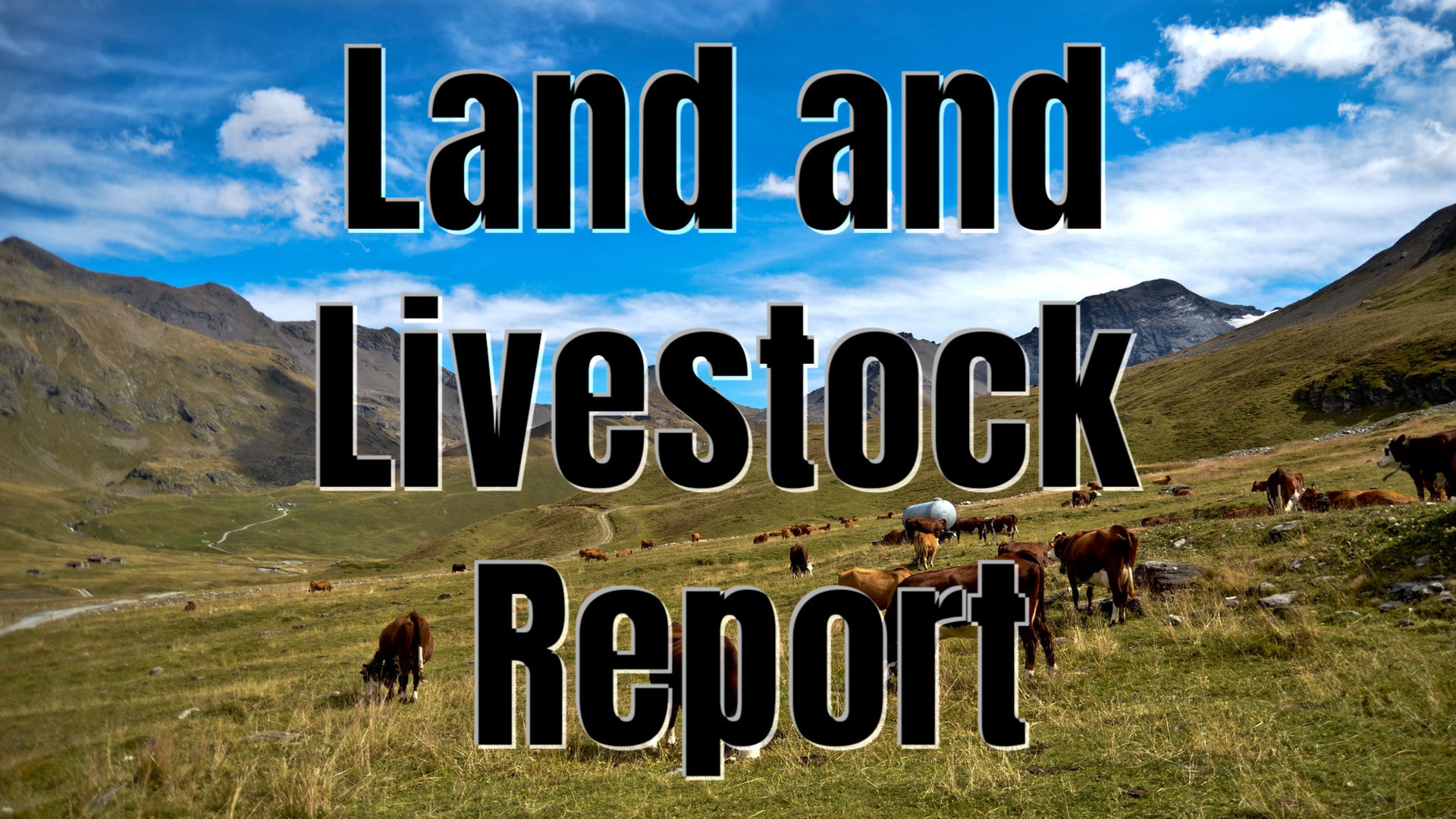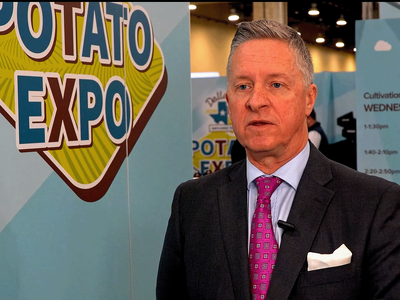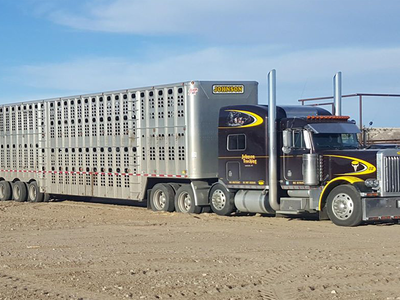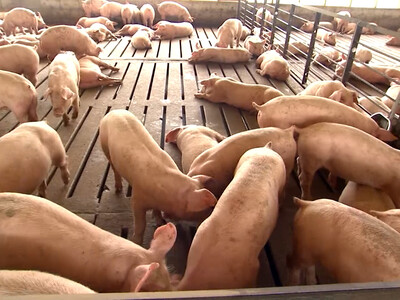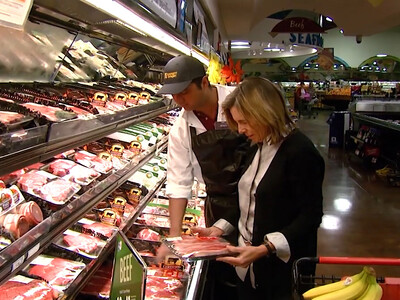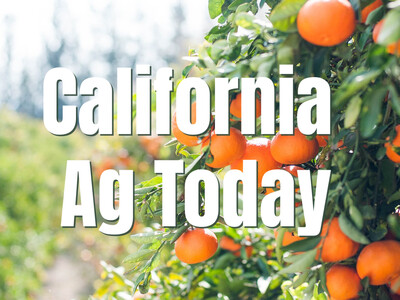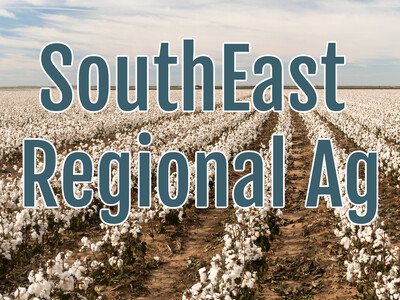Winter Feeding
The old adage you are what you eat couldn’t be more true when it comes to feeding cattle and horses. Welcome to Open Range, I’m Susan Allen, stay tuned for the story. If you are a cow-calf operator in a cold climate the most expensive season is winter. Each year the cost of feed, supplements and hay just keeps rising. Yet one investment that reaps excellent returns when raising livestock is to feed high quality hay. Skimping on forage impacts cattle health sometimes to the point of death if new born calves are weak due to undernourished mothers. Cows that are deficient in quality forage also risk producing less milk and less nutritious colostrum, the first milk a calf receives. Like a horse a cow needs to consume about 2.5 to 3 percent of their body weight a day so if you have a thousand pound animal that equates to 25 to 30 pounds of hay. Feeding less or poor quality hay means compromising cattle health. Winter feeding is the biggest expense of a cow calf operation, the reason animal science and extensions specialist urge northwest producers to have a good winter feeding plan in order. Know what it will cost going into winter, plan for the worst conditions and budget ahead.


